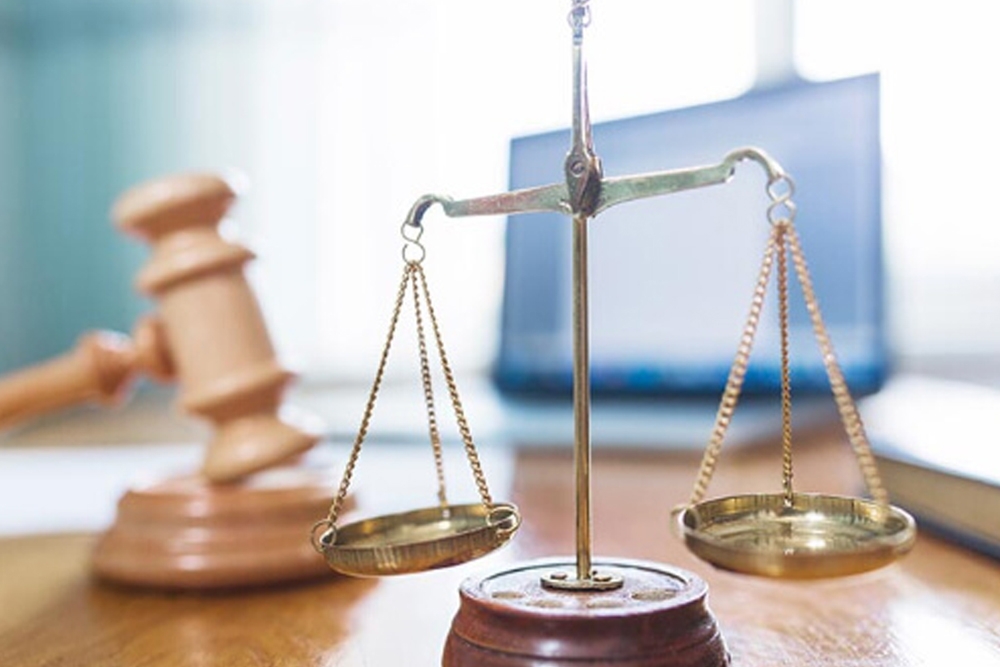Ensure All Owed Taxes Are Included in Your Chapter 13 Bankruptcy

Chapter 13 is a powerful legal mechanism to stop IRS harassment and allow you to pay owed taxes over three to five years. For some debtors this type of relief is a long time coming, and often is an on-going problem. However, only tax debts that the debtor owes on the day the bankruptcy is filed are included in the debtor’s Chapter 13 bankruptcy case. A suspected tax debt that the debtor may owe at the end of the year is considered a post-petition debt that is not included in the bankruptcy case.
Fortunately, your attorney has a solution for a debtor who needs to file in the middle of the year and suspects that he owes for the current year: file a partial year tax return before filing the Chapter 13 bankruptcy case. Tax debts are ordinarily only legally recognized at the end of the tax year, or December 31, but the tax code allows a taxpayer to file a partial year return and thereby create a legally recognizable tax debt before the end of the year. Once the tax debt is legally recognized, you can include this debt in the Chapter 13 bankruptcy and pay it alongside tax debts from previous years.
Avoiding future tax debts is a cooperative effort between you, your bankruptcy attorney, and your accountant. A Chapter 13 bankruptcy debtor is required to adjust his or her budget to stay current with any ongoing tax obligations. Consequently, you should not owe a substantial amount for any future tax year, including the remaining portion of the current year.
If you are struggling with debt you cannot pay, including tax debt, speak with an experienced attorney and discuss how the federal bankruptcy laws can help. Bankruptcy can reign in your out of control tax debt and get the IRS monkey off your back for good!
